A hoax is an attempt to intentionally mislead lots of people. Some do it for fame and money; others just want to laugh. we put together 13 of the most outrageous hoaxes where tens of thousands of people got hoodwinked.
Greatest Hoaxes In History
9. The Cottingley Fairies

Cottingley Fairies is a series of photographs taken in 1917 and 1921 by two girls, ages 10 and 16. The photos were taken to demonstrate the existence of fairies and elves, and caused quite a stir, but ended up being exposed as one of the most brilliant frauds of the 20th century.
One of the girls ended up being an assistant in the photographic laboratory of her university.
Even Arthur Conan Doyle firmly believed in the authenticity of these photos until his death.
Sources: hoaxes, openculture
8. The Loch Ness Monster
The idea that a monster is living in Loch Ness is probably the most popular hoax in the world. In 1934, the Daily Mail published the first photograph of the mystical animal by a London surgeon, Dr. Wilson.
The photo shocked everyone, but in 1994 it was determined to be a fake. Until then, Dr. Wilson’s faith in the honesty and the intriguing monster myth was unwavering.
Sources: livescience
7. The Piltdown Man
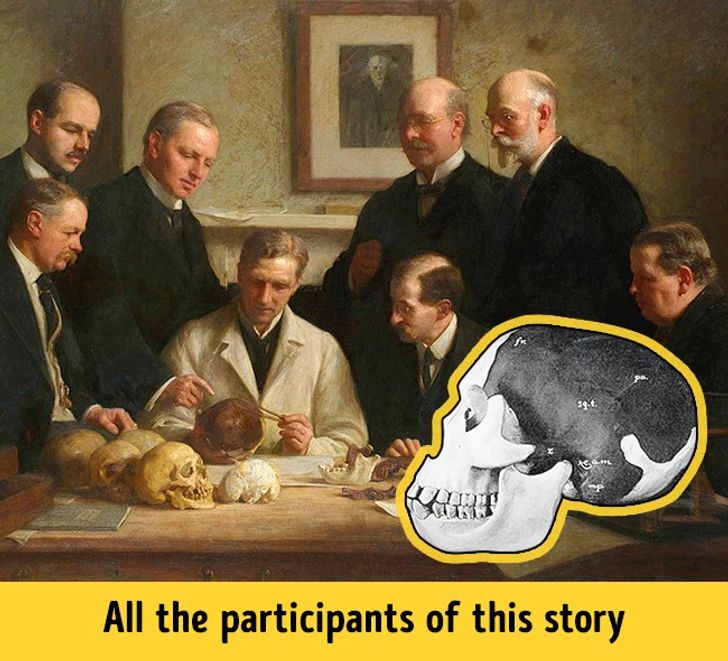
In 1912, amateur archaeologist Charles Dawson claimed that he had found the remains of an ancient creature – allegedly, it was the missing evolutionary link between primates and humans.
Dawson’s deception was not discovered until 40 years later when scientists determined that the skull of the “Piltdown Man” was actually the skull of a medieval man connected to an orangutan’s jaw.
Sources: wikipedia, nhm, livescience
6. William Mumler’s Ghost Pictures
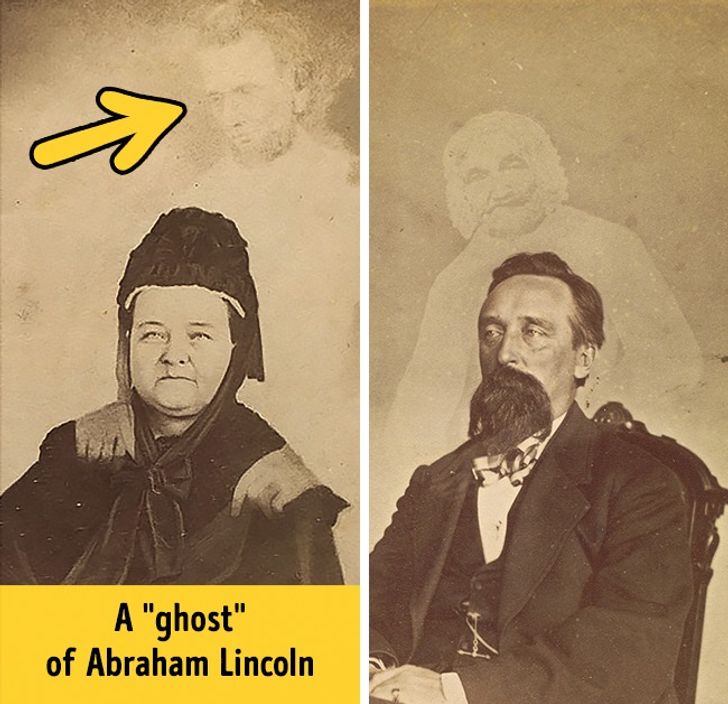
Near the end of the 19th century, New York photographer William Mumler began taking photos showing alleged ghosts of deceased relatives of the people photographed.
Mumler’s most famous work was the photo of Mary Todd Lincoln with a “ghost” of her late husband, President Abraham Lincoln. The photo lab was extremely popular, but when Mumler was exposed as a fraud, he went broke.
Sources: hoaxes, photographymuseum
5. Beringer’s Lying Stones

In 1725, professor of medicine Johann Beringer discovered engraved limestone pieces that depicted prehistoric animals and plants and had Hebrew inscriptions on them.
Beringer thought it was God’s will and even published a book about his discoveries. However, it turned out that the whole affair was a hoax perpetrated against him by his colleagues.
The scandal that followed left the scientist, along with the originators of the hoax, in disgrace.
Sources: wikipedia, atlasobscura
4. Chess Automaton “The Turk”
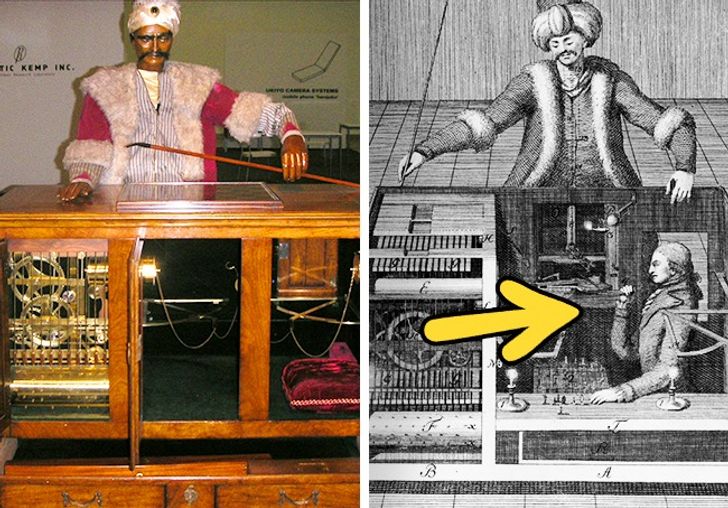
In the 18th century, inventor Wolfgang von Kempelen built a chess-playing automaton that looked like a Turk sitting behind a table.
“The Turk” lost just 6 of the 300 games played and even outscored Napoleon, making him extremely famous. No one could guess how it worked: everyone saw that the machine consisted mainly of the mechanism and that there was not enough room for one person inside.
Later, however, it was discovered that there was a real chess player inside: he had lost both legs in a war. He saw the chessboard with the help of magnets and controlled “The Turk”.
Sources: slate, bbc, chessgames
3.War Of The Worlds Radio Drama
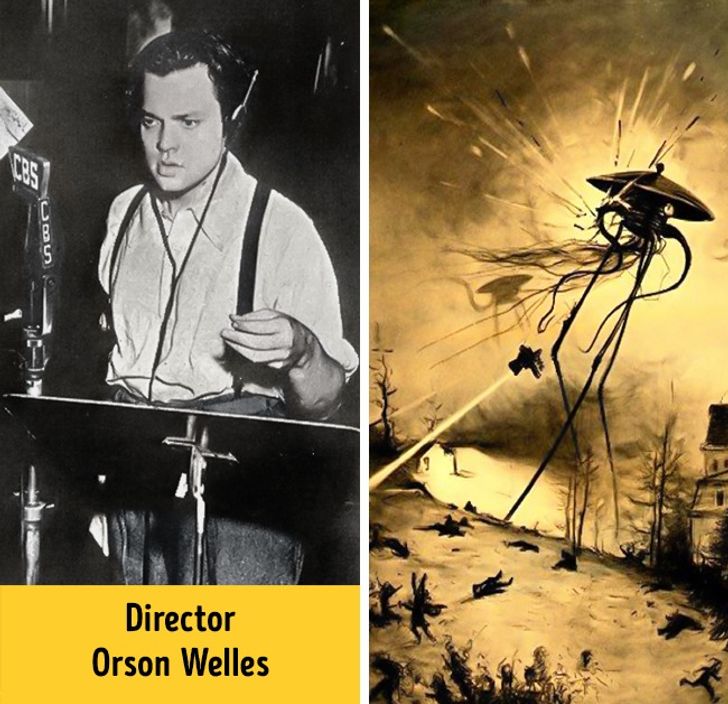
In 1938, director Orson Welles made a radio play based on H.G. Wells’ War of the Worlds, a novel about Martians attacking Earth.
The radio adaptation was made to look like a live broadcast, and was a perfect success: the speech was interrupted by static events and “correspondents” covering it.
Listeners were told it was only a play, but some still forgot about it. Some people who heard this panicked and fled the city (especially after “President Roosevelt’s” plea to remain calm).
Sources: bbc, paleofuture, telegraph
2. Redheffer’s Perpetual Motion Machine
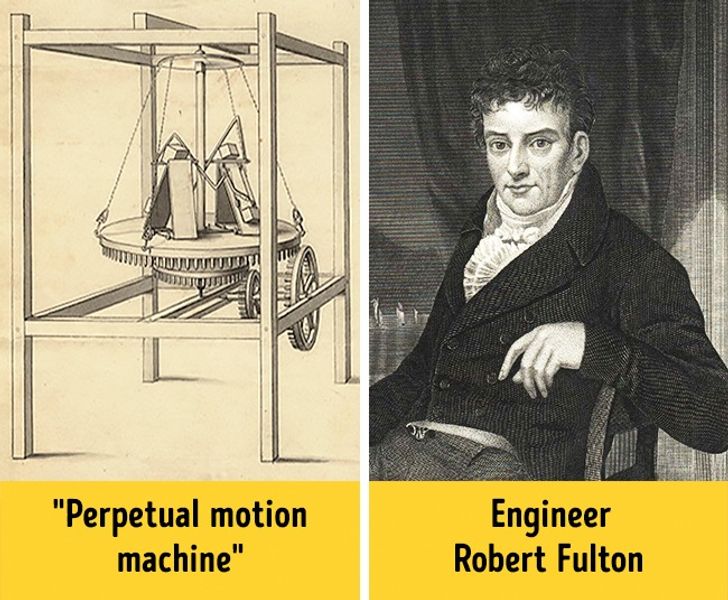
In 1813, Charles Redheffer declared himself the man who invented the perpetual motion machine. The statement caused a stir, but engineer Robert Fulton was skeptical of the notion.
Having carefully examined the device, Fulton concluded that there must be a power source to run the machine. The “power” ended up being an old man sitting in the attic rotating the handle.
Sources: hoaxes, veproject1
1. Ancient Greece Was A Progressive Beacon Of Reason

The well-known myth tells us that reason, logic and civility reigned in ancient Greece, where Aristotle and Plato could be found casually walking around the city, talking about important matters. In fact, the era was a golden age for humanity.
In reality, however, Ancient Greece seemed like a sectarian war zone today, with gangs constantly at war. The ancient Greeks exiled, lynched, or executed some of the most brilliant people among them. Like, for example, Socrates, who was put on trial, and as the result of losing it – was executed.
Preview photo credit Origins Explained/youtube.com









